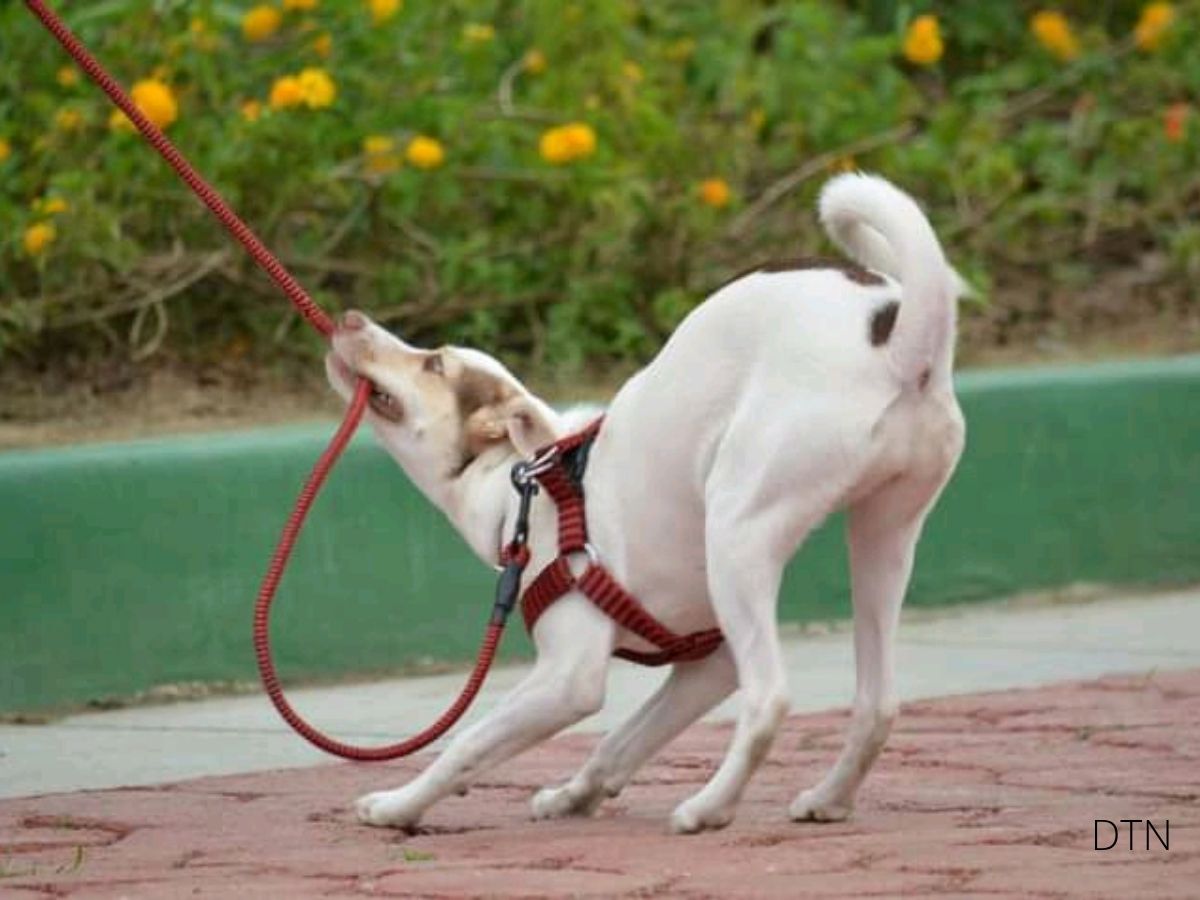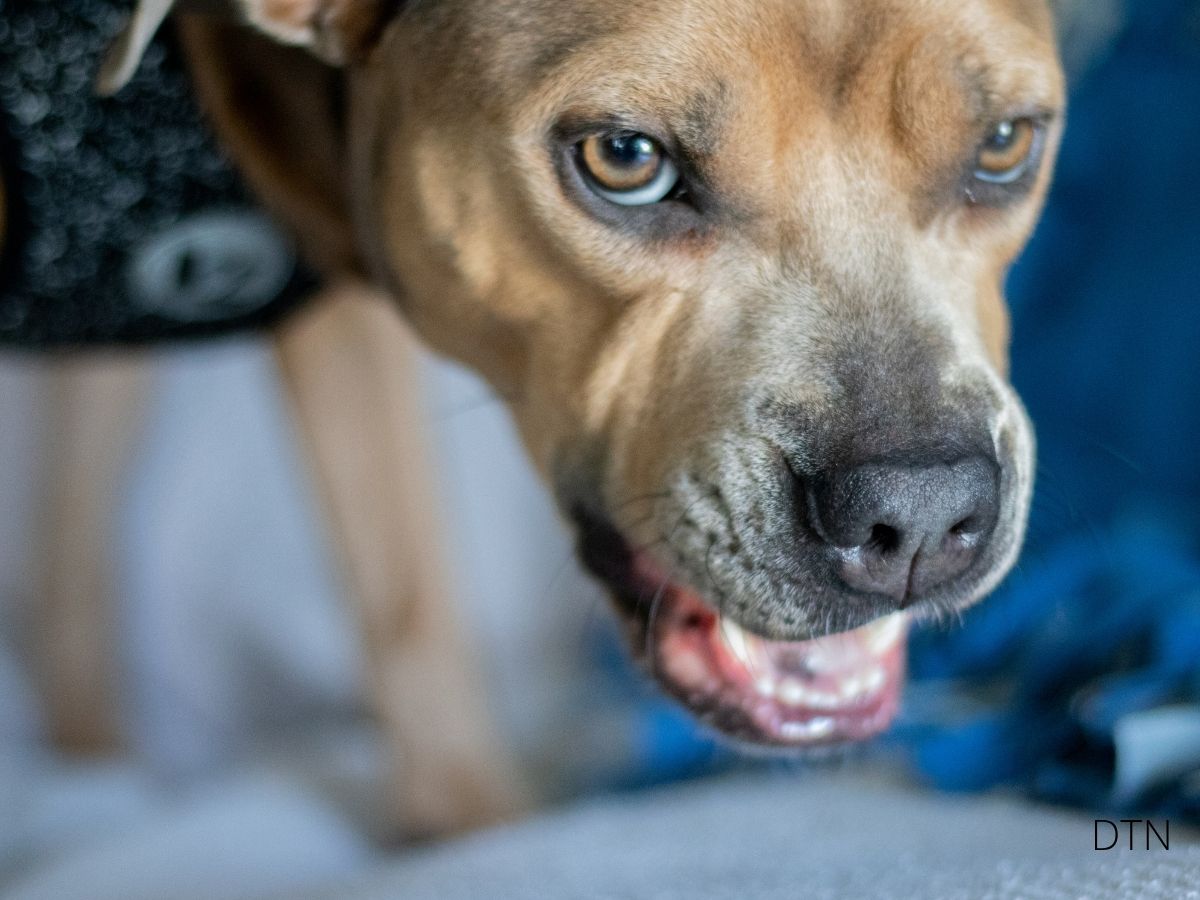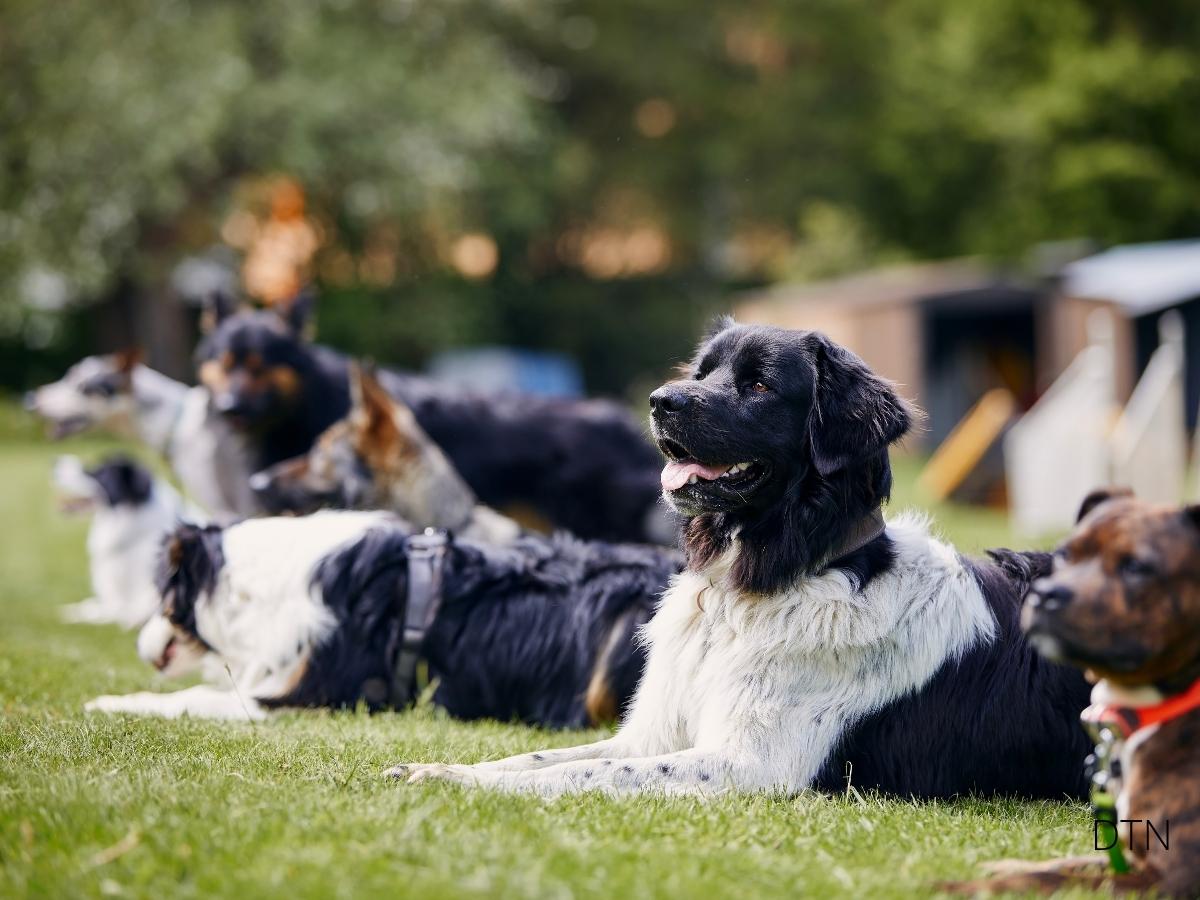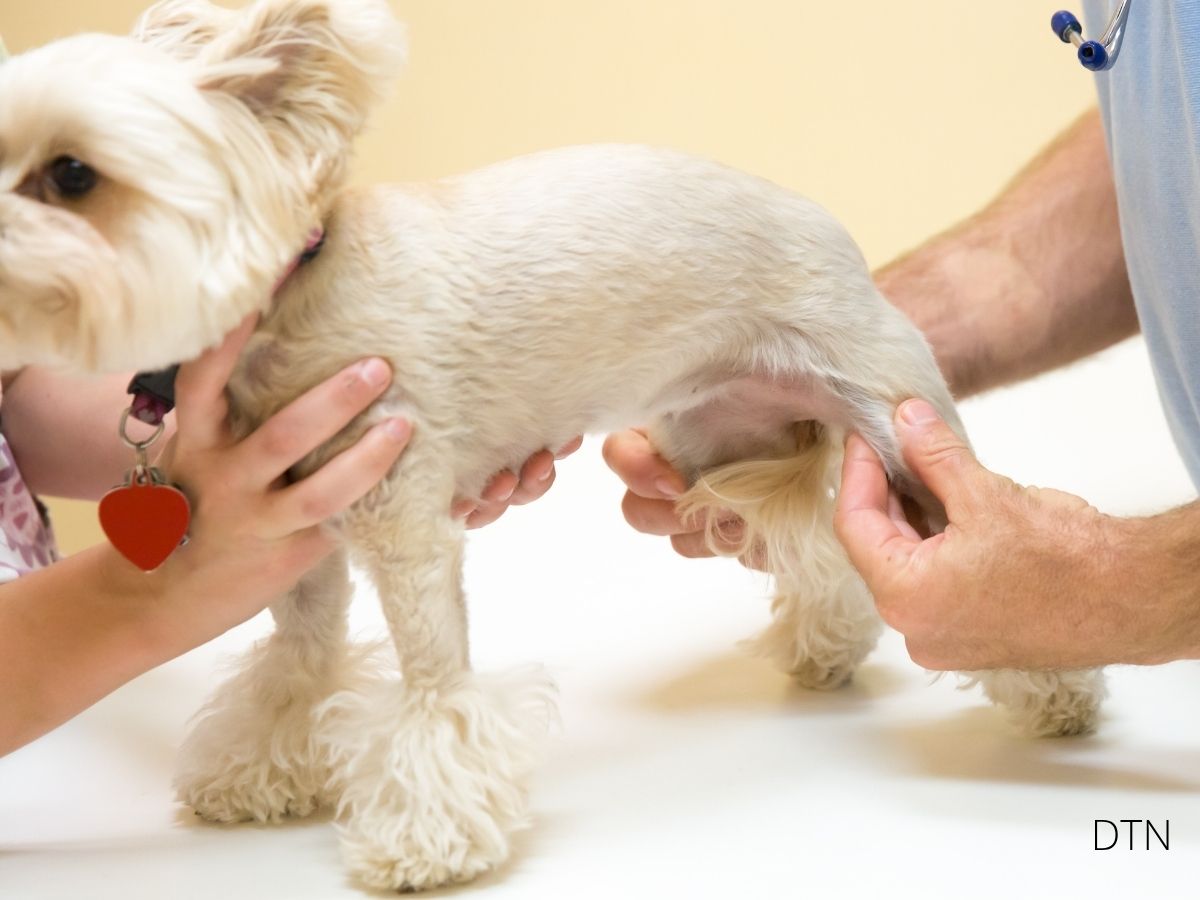You’re not alone if your heart sinks when your dog lunges, barks, or stiffens at the sight of another dog while on leash. What looks like aggression often isn’t—it’s frustration, amplified by restraint, expressed through your dog’s body in ways that feel overwhelming.
Let us guide you through understanding this complex emotional state. When we talk about leash frustration turning reactive, we’re exploring the threshold between your dog’s natural desire to engage with the world and the physical limitation preventing it. This isn’t about a “bad dog”—it’s about neurobiology, emotional regulation, and the invisible tension traveling down a six-foot leash. 🧡
What Happens Inside Your Dog’s Brain
When your dog spots another dog and pulls toward them with intense focus, their brain lights up with activity in the SEEKING system—a neural pathway driven by dopamine that fuels exploration and goal-directed behavior. Your dog’s entire being is oriented toward one thing: getting to that stimulus.
Now imagine that motivation surge meeting an immovable barrier: the leash. This is where frustration begins. The restriction doesn’t just stop your dog physically—it creates a cascade of emotional and physiological responses.
The stress response includes:
- Elevated cortisol and adrenaline: These hormones flood your dog’s system when goal-directed behavior is blocked, creating the classic fight-or-flight state
- Dopamine imbalance: Anticipation activates dopamine, but inability to fulfill that drive creates what researchers call a “pessimistic-like affective state”
- Sympathetic nervous system activation: Heart rate increases, muscles tense, pupils dilate—your dog is physiologically prepared for action that’s impossible
This isn’t poor impulse control—it’s biology. The frustration-aggression hypothesis tells us that when goal-directed behavior is blocked, emotional arousal intensifies and can manifest as aggressive displays. Through the NeuroBond approach, we understand that your dog isn’t choosing this behavior; they’re experiencing an involuntary neurobiological response to restraint. 🧠
How Tension Travels Both Ways
The leash isn’t just physical restraint—it’s a communication channel transmitting emotional states in both directions. When you spot another dog and feel anxiety spike, your grip tightens, your shoulder tenses, your breath catches. Your dog feels every bit of that tension.
The Invisible Leash reminds us that awareness, not tension, guides the path. Your dog reads your body language and energy. If you expect reactivity, you’re unconsciously preparing for it, creating a feedback loop: your tension increases their arousal, which increases your tension, further escalating their emotional state.
When Frustration Becomes Conditioned
After repeated experiences of leash restraint during high arousal, your dog begins associating the leash itself with frustration and stress. Studies on chronic stress show that consistent exposure alters brain structures—particularly the prefrontal cortex, hippocampus, and amygdala. Over time, this can:
- Lower the threshold for reactive behavior
- Increase amygdala reactivity (the brain’s fear and aggression center)
- Impair prefrontal regulation, reducing impulse control
- Create anticipatory frustration before restraint even occurs
You might notice your dog tensing the moment you reach for the leash. This is anticipatory frustration—your dog has learned to predict restriction and is already experiencing the emotional response.
Frustration vs. Fear-Based Aggression
Understanding what drives your dog’s reactive behavior is essential for choosing the right intervention. Frustration-driven reactivity and fear-based aggression may look similar but stem from completely different emotional states.
Frustration-driven reactivity shows:
- Strong forward momentum: Your dog pulls intensely toward the stimulus, body weight shifted forward. This is approach motivation, not avoidance
- Intense vocalization aimed at gaining access: The barking has a demanding quality—”I need to get there!” rather than “Stay away!”
- Redirected actions: When unable to reach the goal, your dog might bite the leash, jump on you, or show displacement behaviors
- High arousal without appeasement signals: Tail high and stiff, ears forward, eyes fixed on target—no cowering or fearful body language
- Quick recovery: Frustration-reactive dogs often return to normal relatively quickly once the stimulus passes
The key distinction is motivation: frustrated dogs want to approach, while fearful dogs want distance. Both may lunge and bark, but the underlying emotion is fundamentally different.
Reading the Subtle Escalation
Leash reactivity doesn’t explode from nowhere. There’s almost always an escalation pattern beginning with subtle cues. Learning to read these pre-aggression signals gives you a crucial window for intervention.
Early warning signs include:
- Fixation: Your dog’s gaze locks onto the stimulus, becoming unresponsive to your voice
- Body stiffening: Muscles tense throughout the body, movement becomes mechanical
- Rapid panting or breath-holding: Changes in breathing indicate sympathetic activation
- Increased pulling or sudden stops: Either surging forward or planting their feet
- Hard, unblinking stare: Your dog’s attention narrows to a single point
When you recognize these signals, you can intervene at the earliest stages—creating distance, redirecting attention, or allowing your dog to process the stimulus at a sub-threshold level. 🐾
Environmental and Handler Influences
Your walking environment isn’t just a backdrop—it’s an active participant in your dog’s emotional state. Urban settings present particular challenges: noise pollution keeps baseline arousal elevated, crowd density reduces personal space, proximity to other dogs at close range provides little warning, and concrete landscapes offer few opportunities to create distance or seek refuge.
Research shows that changes in human lifestyle and increased stressors significantly affect dog well-being. As environments become more urbanized and fast-paced, dogs experience higher stress loads that directly contribute to reactive behaviors.
Handler tension manifests through:
- Tight leash holding that removes any slack for self-regulation
- Rigid body language communicating alertness and danger
- Predictive behavior that teaches your dog to anticipate conflict
- Inadvertent reinforcement when pulling creates desired distance
The dog-owner relationship functions as a feedback system. When you’re stressed or dreading walks, your dog feels that emotional state and responds to it.
To sit with a dog on a hillside on a glorious afternoon is to be back in Eden.
– Milan Kundera
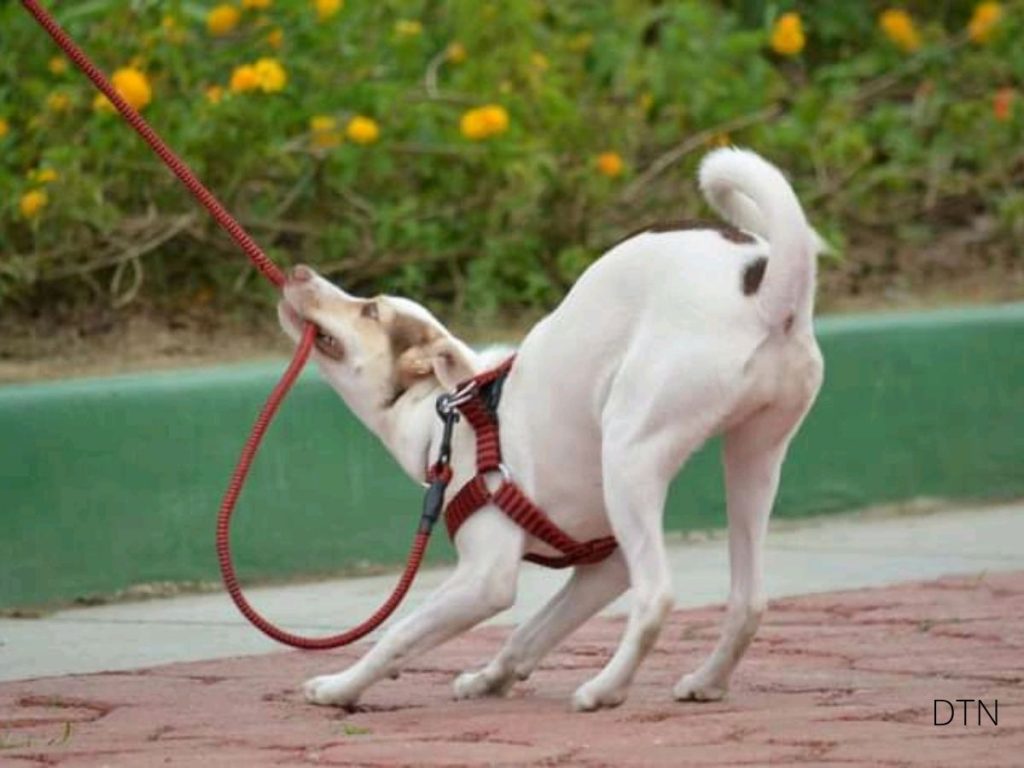
How Reactivity Becomes Entrenched
Intermittent reinforcement—where a behavior is occasionally rewarded—is the most powerful schedule for creating persistent behaviors. Even when you’re preventing rehearsal, occasional success makes the problem stronger. Perhaps once in ten encounters, your dog reaches the other dog, or sometimes the other dog moves away. This unpredictability keeps your dog highly engaged in the behavior.
Your dog’s reactivity is simultaneously a genuine emotional experience and a learned behavior pattern. This distinction matters for intervention. Purely obedience-based approaches miss the emotional foundation. They might suppress visible behavior temporarily, but they don’t address underlying frustration, stress, and dysregulation.
Teaching Emotional Regulation
Traditional obedience training falls short because commands are cognitive tasks requiring executive function. When your dog is flooded with stress hormones and their prefrontal cortex is compromised, they literally cannot access the cognitive resources needed to respond. You’re asking for a cognitive response to an emotional state.
Research shows that interventions addressing physiological stress—through diet, consistent training methods, and reduced frustration—improve behavioral outcomes by supporting better neuroendocrine balance.
Effective emotional regulation training includes:
- Sub-threshold exposure: Working at distances where your dog notices triggers but remains calm enough to learn
- Choice and agency: Allowing your dog to look at or away from triggers, approach or retreat
- Calm reinforcement: Heavily rewarding any moment of calm attention or voluntary disengagement
- Co-regulation: Using your own calm presence to help your dog regulate their nervous system
This is the essence of the NeuroBond Model—emotional dysregulation under leash stress can be recalibrated through co-regulation and non-verbal communication of safety.
Structured Choice and Distance Management
One of the most effective frameworks is structured choice through approach-retreat protocols. You work at sub-threshold distance where your dog can see triggers but isn’t reactive. Your dog notices the trigger, and you watch for their response and allow choice.
If they look calmly, you mark and reward. If they look away, you mark and reward. If they want to investigate, you allow it—but watch carefully. When they offer calm behavior or voluntary disengagement, you mark, reward, and create distance together.
Your dog learns they have agency. The trigger becomes a cue for dialogue rather than automatic frustration. Research principles on reducing frustration and promoting positive affective states support this approach.
Distance, duration, and intensity are your primary tools:
Distance is most powerful. Find the sub-threshold zone where triggers are noticeable but not overwhelming. Duration should be short—even at safe distance, prolonged exposure causes arousal to accumulate. Intensity involves the trigger’s characteristics—a calm, stationary dog is lower intensity than an excited, bouncy one.
Handler Skills and Self-Regulation
Your dog is profoundly attuned to your emotional state. Your capacity to remain calm, grounded, and confident directly influences their ability to regulate.
Practical handler work includes:
- Developing somatic awareness of when your body tenses or breath becomes shallow
- Practicing your own emotional regulation techniques
- Reframing expectations and celebrating small wins
- Seeking support through qualified trainers or mental health professionals when needed
Research shows the dog-owner relationship impacts both parties’ well-being. When handlers view their dog as a burden, both suffer. When the relationship is characterized by emotional support and positive regard, both benefit. 🧡
Prevention and Building Resilience
While this guide addresses existing reactivity, prevention is always preferable. The socialization period (3-14 weeks) is when puppies are neurologically primed to form positive associations. Quality matters more than quantity—overwhelming experiences can create fear manifesting as reactivity later.
Effective early socialization includes:
- Introducing the leash gradually with positive associations
- Allowing puppies to practice approach and retreat on their own terms
- Teaching calm in the presence of exciting stimuli from the beginning
- Building handler bonds based on trust and co-regulation rather than control
Watch for early signs of frustration intolerance: intense persistent pulling, difficulty disengaging from stimuli, rapid escalation from calm to aroused, and vocal frustration when prevented from accessing desired outcomes.
Supporting overall well-being through adequate exercise, mental enrichment, quality sleep, nutrition supporting brain health, and predictable routines creates the foundation for emotional regulation and resilience.
The Path Forward
Understanding leash frustration requires holding multiple truths simultaneously. Yes, there are training techniques that help. Yes, behaviors can be modified. And yes, beneath this is a sentient being experiencing genuine emotional distress and physiological dysregulation.
Through moments of Soul Recall, we recognize that healing reactive behavior means creating new emotional memories that gradually overwrite old patterns of frustration and stress. Each positive experience, each moment of successful regulation, each walk that ends with your dog feeling safe adds to the foundation of a new way of being.
This work is right for you if:
- You view reactive behavior as communication about internal state rather than defiance
- You can commit to consistent practice even when progress feels slow
- You’re willing to examine your own emotional responses and handling techniques
- You can seek appropriate professional support when needed
Your reactive dog isn’t broken or fundamentally flawed. They’re a sensitive being experiencing emotional overwhelm in response to a genuinely challenging situation. Through the NeuroBond approach, you meet your dog in their emotional experience rather than just managing external behavior.
The Invisible Leash becomes real when understanding and trust guide both of you. Your dog learns you’re a reliable source of safety, that their emotional state matters, and that calm engagement brings far more reward than explosive reactivity.
That balance between science and soul, between precise training protocols and deep emotional attunement—that’s the essence of Zoeta Dogsoul. The path forward is marked by small victories, sustained patience, and unwavering belief that your dog is capable of change when given the right support. You are not alone in this journey, and every step forward is a triumph worth celebrating. 🧡🐾


